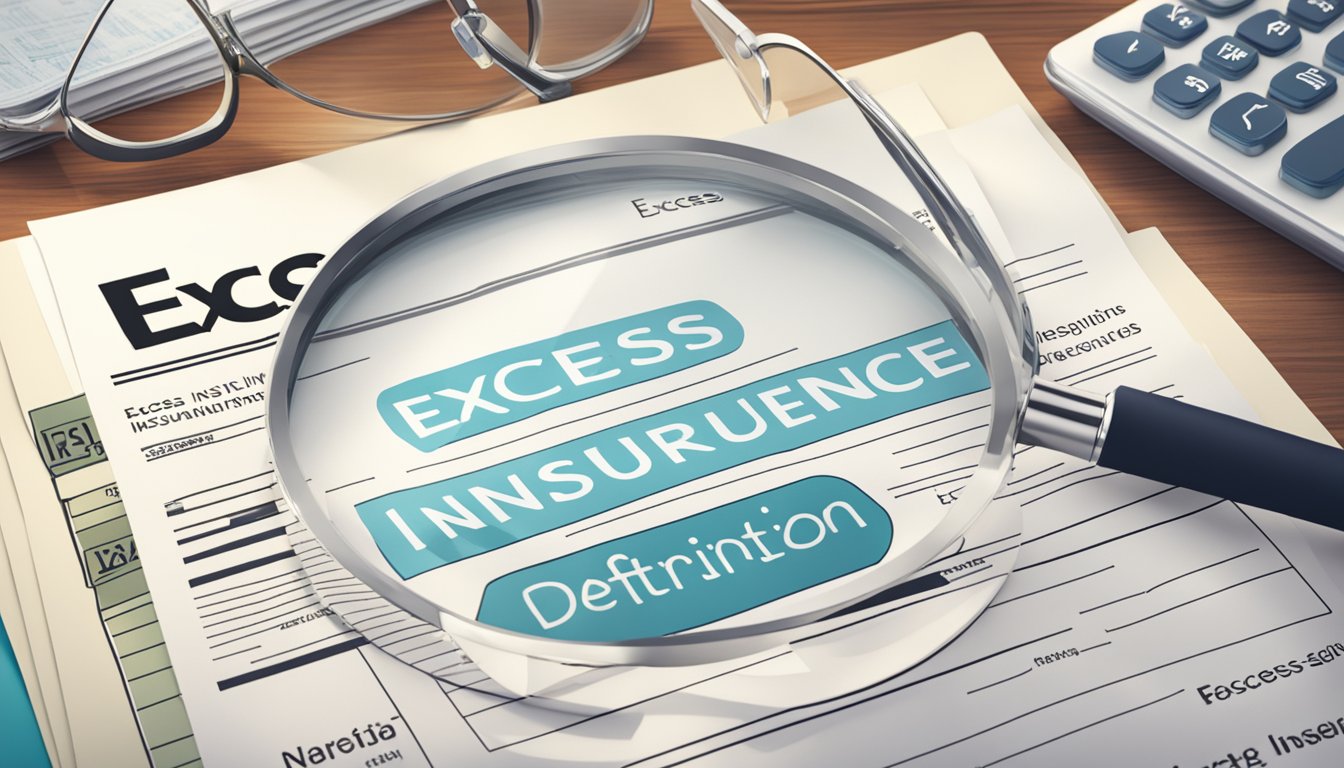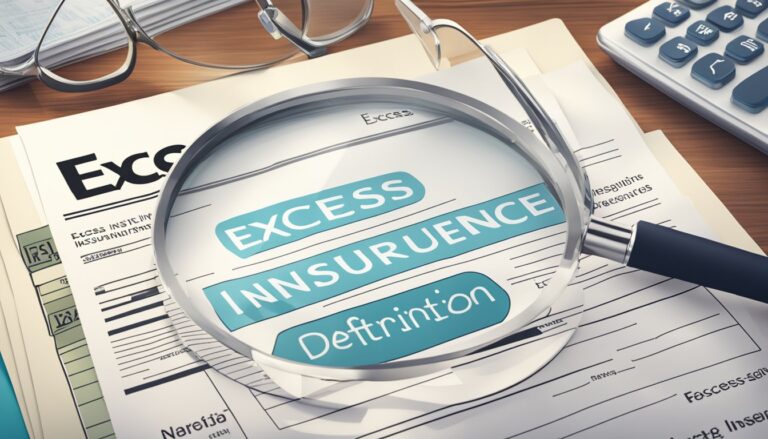Understanding Excess Insurance
Excess insurance is a type of policy designed to provide extra protection beyond the limits of your primary insurance.
When a loss exceeds your primary policy’s coverage, excess insurance steps in to cover the additional costs.
Primary insurance policies often have coverage limits.
When a claim surpasses these limits, the excess insurance policy covers the remaining amount up to its own limit.
This extra layer can be crucial for large claims.
For instance, if your primary liability insurance covers up to $500,000 and you face a claim of $700,000, the excess insurance would cover the remaining $200,000.
This ensures that you are not left paying out of pocket for significant losses.
Key Terms:
- Coverage: The extent of protection provided by an insurance policy.
- Policy Limit: The maximum amount an insurance company will pay under a policy.
- Premiums: Regular payments made to keep an insurance policy active.
The insurance industry constantly adjusts rates based on risk assessments.
High-risk individuals or businesses typically face higher premiums.
Calculating premiums considers factors such as claim history, financial stability, and risk exposure.
Learn more about premium calculation.
Excess insurance is particularly important in scenarios involving large potential losses, such as significant bodily injury or extensive property damage.
It helps to ensure financial stability by transferring some of the risks from you to the insurance company.
Having excess insurance can also be part of a broader risk management strategy.
Identifying, assessing, and mitigating risks effectively can protect and improve your operations.
Discover more strategies in risk management.
Understanding how excess insurance works and how it fits into your overall insurance coverage can help you make informed decisions about your protection needs.
This type of insurance can be vital in ensuring that you are fully covered in the event of substantial claims.
Examples of Excess Insurance in Practice
Auto Insurance
Imagine you have an auto insurance policy with a coverage limit of $100,000 for bodily injury.
If you are in an accident and the total personal injury claims amount to $150,000, your primary policy covers $100,000.
Your excess insurance then kicks in to cover the remaining $50,000.
Property Damage
For homeowners, excess insurance can provide an extra layer of protection.
If your home insurance policy includes a coverage limit of $200,000 for property damage, and the total damage from a natural disaster is $250,000, your excess insurance would cover the additional $50,000.
Commercial Auto
Businesses often use excess insurance to cover commercial auto liabilities.
Say your company has a commercial auto insurance policy with a policy limit of $500,000.
If an accident leads to $600,000 in damages, your primary liability insurance handles the first $500,000, with the excess insurance covering the remaining $100,000.
Umbrella Policy
An umbrella policy acts as a type of excess insurance.
It provides extra liability coverage when the policy limits of your other insurance policies are exhausted.
For example, if you face a lawsuit resulting in a $1 million judgment and your homeowner’s liability coverage limit is $300,000, the umbrella policy can cover the remaining $700,000.
Claim Scenarios
In all these cases, the role of the claimant is crucial.
When the total claim exceeds your primary insurance coverage, excess insurance steps in, ensuring you are not left paying out-of-pocket.
This provides peace of mind against significant losses.
By understanding these scenarios, you see the importance of having excess insurance to protect against high-severity risks and potential financial burdens.
You are better prepared for unexpected situations, whether in your personal life or business operations.
Related Terms

Deductible: The amount you must pay out-of-pocket before your insurance kicks in.
Insurance Coverage: The protection provided by your insurance policy for specific risks, such as property damage or liability.
Coverage Limits: The maximum amount your insurer will pay for a covered loss.
Premiums: The payments you make to maintain your insurance policy.
These are typically paid monthly, quarterly, or annually.
Insurer: The company that provides your insurance coverage.
Insurers assess risk and determine premiums.
Excess Insurance: A type of coverage that begins when the limits of your primary policy are exceeded.
Excess Liability Insurance: Extra coverage that provides an additional layer of protection beyond your general liability coverage.
It’s often referred to as umbrella insurance.
Reinsurer: An insurance company that provides financial protection to primary insurers.
This helps insurers manage risk and maintain financial stability.
Risk Management: The process of identifying, assessing, and prioritizing risks.
Effective risk management can help reduce the need for excess insurance.
Financial Security: Ensuring you have sufficient coverage to protect against significant losses.
Excess insurance can offer a safety net for high-value assets.
High-Value Assets: Items or properties worth a significant amount of money.
Insuring these assets might require additional layers of protection.
Additional Layer of Protection: Excess insurance provides a supplement to your primary insurance, adding more coverage.
Legal: Understanding the legal implications of your insurance policies can help you avoid disputes and ensure adequate coverage.
General Liability Coverage: Basic insurance that covers common risks like bodily injury or property damage.
Excess liability coverage expands on this.
Exclusions: Parts of your policy that are not covered.
Knowing your policy exclusions is crucial for complete protection.
You can explore what’s not covered by your insurance policy by reading more about exclusions.
Comprehensive Coverage: This type of auto insurance is essential for protecting against various damages.
Learn more about comprehensive coverage.






